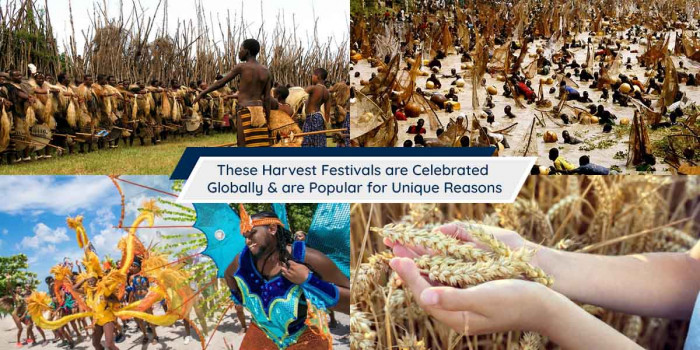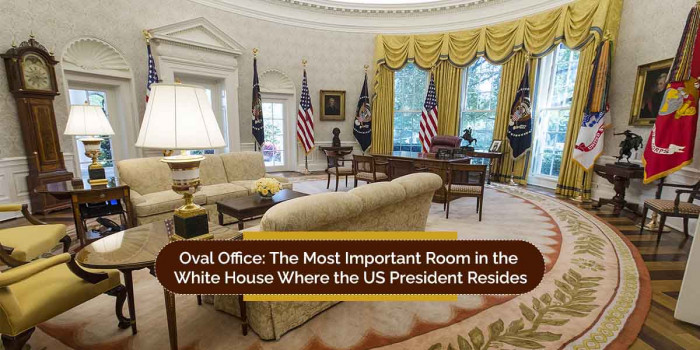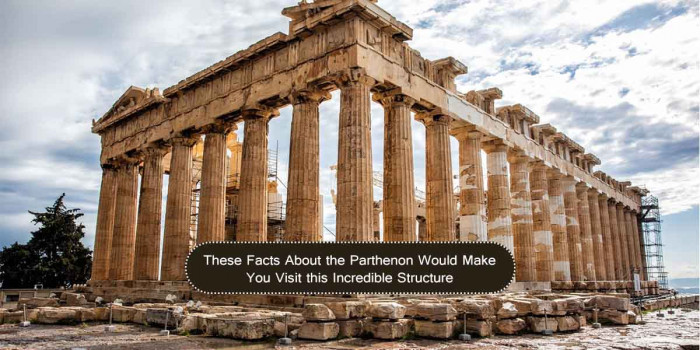Ayodhya Case Verdict: The Dispute Concludes, Here's the SC Decision
Finally, the dispute between Babri Masjid and Ram Janambhoomi came to an end. The judge announced the decision in favor of Hindus.
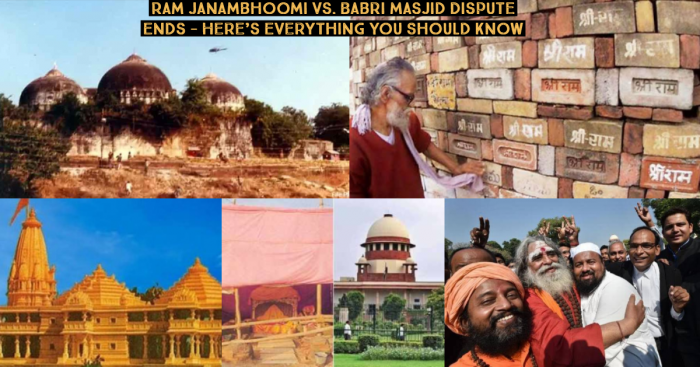
Ram Janambhoomi-Babri Masjid Land Title Dispute had been a socio-religious dispute in the city of Ayodhya in India. The issue revolved around a site that Hindus claimed to be the birthplace of Lord Rama, whereas Muslims asserted it to be the place for their mosque.
Many Hindus believe that the mosque was constructed on the temple's ruins, and the temple was demolished by Muslims in the 16th century. Muslims said that they prayed at the mosque until 1949 when Hindus placed the statue of Ram in the mosque and started worshipping. Since then, the two communities were fighting and had filed the case who should control the site.
Hinduism is believed to be over 4000 years old, whereas India’s first Islamic dynasty was established at the beginning of the 13th century. Read what the case was and the final decision taken by the Supreme Court on 9 November 2019.
History of Ayodhya Case
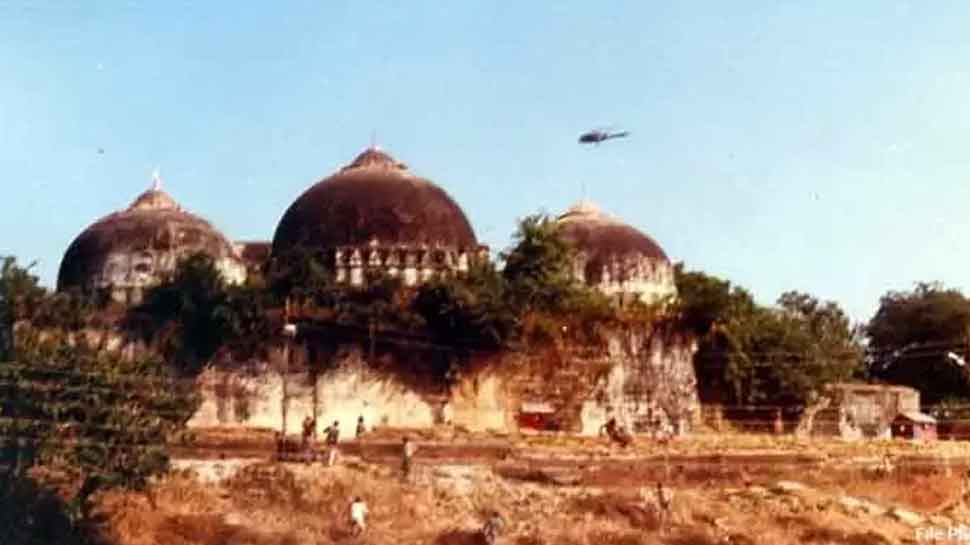
The Babri Masjid was destroyed on 6 December 1992 during a political rally. The land title case was filed in the Allahabad High Court. The decision of which was announced on 30 September 2010. The judge declared that 2.77 acres of land would be divided into three parts. 1/3rd of which will be given to Nirmohi Akhara, 1/3rd to Sunni Waqf Board, and the 1/3rd to Ram Lalla represented by Hindu Maha Sabha.
The judges stated that the land was the birthplace of Rama, and the Masjid was built after the temple’s demolition. The demolition of the mosque in 1992 engulfed several parts of India, and nearly 2000 people died.
A few minutes after the demolition of the mosque in 1992, the first FIR no 197/192 was filed against karsevaks under section 397, 395, 295, 297, 338, 337, 153A of IPC, and section 7 of the Criminal Law Amendment Act.
Second FIR no 198/92 was filed against Murli Manohar, Vinay Katiyar, Sadhvi Ritambhara, Uma Bharti, Ashok Singhal, and L K Advani. Nearly 45 FIRs more were registered for looting cameras, assault on media persons, and more. All FIRs were registered at Thana Ramjanmabhumi in Ayodhya.
About 15 years ago, the SC said the structure was not an Islamic one, but the ASI (Archaeological Survey of India) has not established whether a temple was demolished to build a mosque. Also, Muslims could not prove the possession of the property.
The structure was tested by ASI, and then it was claimed that the site has the remains of the ancient Hindu temple. Some people also said to see the carvings of deities and other Hindu religious symbols.
Ayodhya Verdict - SC Rules in Favor of Lord Rama
On 9th November 2019, the Supreme Court declared the case in favor of Hindus, who want to build the Ram temple there. India’s Prime Minister Narendra Modi said-
“No place for fear, bitterness, and negativity in New India.”
He tweeted:
The Honourable Supreme Court has given its verdict on the Ayodhya issue. This verdict shouldn’t be seen as a win or loss for anybody.
— Narendra Modi (@narendramodi) November 9, 2019
Be it Ram Bhakti or Rahim Bhakti, it is imperative that we strengthen the spirit of Rashtra Bhakti.
May peace and harmony prevail!
The five judges SC heard the case from August to October 2019. On 9 November 2019, the Chief Justice Ranjan Gogoi declared that the land would be handled to Hindu to build the temple. The court also ordered to give 5-acre land to Sunni Waqf Board to build the mosque.
In a unanimous decision, the court said that after all the evidence presented, it is concluded that the site should be given to Hindus for temples, and Muslims would be given land to construct a mosque.
How People Reacted to This Decision by SC
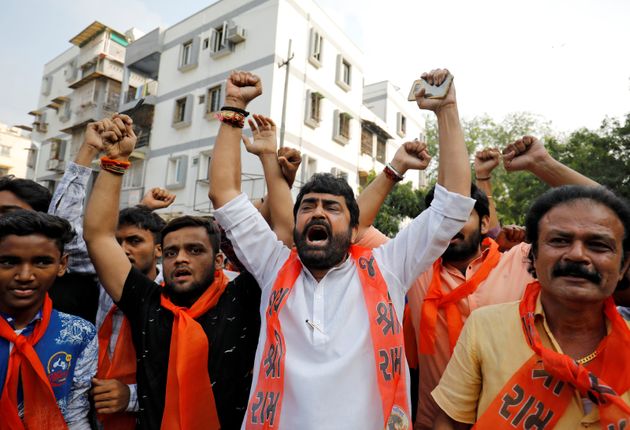
Soon after it was announced that SC would declare the results on Friday (9 November 2019) at 10:30 a.m., people started spreading messages on WhatsApp groups not to circulate any message regarding Ayodhya’s case. People were appealed not to post any content on social media that would disturb law and order.
Security was deployed around the court premises, and vehicles were checked. Security outside the houses of Chief Justice Ranjan Gogoi, and four Justices Ashok Bhushan, S A Bobde, D Y Chandrachud, and S Abdul Nazeer were deployed by the Delhi Police.
After the results were declared, people were happy that it was in favor of Hindus, but Muslims were also given land for the mosque. Here’s how people reacted on social media.
Amar Singh, Circle Officer, Ayodhya: Not even a single incident has been reported, whether it is Muslim brothers or Hindu brothers, all have accepted the verdict. We have not faced any challenges. We have been patrolling all the areas, the situation is normal. pic.twitter.com/9G8rcABLpt
— ANI UP (@ANINewsUP) November 9, 2019
We respect the Hon’ble Supreme Court’s #AyodhyaVerdict. It reaffirms the secular values of our country. All should join together in harmony and brotherhood to carry out this immensely important judicial order.
— Naveen Patnaik (@Naveen_Odisha) November 9, 2019
It’s been a long day, progressed to next day without a break infact, yet so satisfactory for all of us. But, I wish to thank friends from media who covered #AYODHYAVERDICT with such grace. Gratitude for bearing with the restrictions as well dear friends.
— Anuj K Jha (@anujias09) November 9, 2019
1045 pages is a pretty long document to read on a day when TV and web are exploding with their competitive stuff. Initial reactions clearly reflect a generational maturity #AyodhyaVerdict
— Shahid Choudhary (@listenshahid) November 9, 2019
A day of Unity. A day of total Maturity. A day of looking ahead. A day of promoting harmony. A day of recovery. A day for every Indian. A day of unanimity. A day when Honorable Supreme Court wrote and made history. #SupremeCourt #AYODHYAVERDICT
— Kiran Bedi (@thekiranbedi) November 9, 2019
#HinduMuslimBhaiBhai Spread on Twitter
After Ayodhya Verdict, #HinduMuslimBhaiBhai Spread on Twitter . The people used this tag to spread love and harmony. The netizens were constantly reminding people to maintain peace and to accept the decision, whatever it is.
Please maintain the peace after hearing the Supreme court's judgement , please ????????????#BabriMasjid #AYODHYAVERDICT pic.twitter.com/ULYZZGaunK
— Amita Ranjan (@Amitaar21) November 8, 2019
All Indians are my brothers nd sisters #ayodhya #hindumuslimbhaibhai pic.twitter.com/kcM5vxBtjw
— PHILSON MATHEWS (@PHILSONM) November 9, 2019
#hindumuslimbhaibhai
— Vishal Prasad (@iamvishalprasad) November 9, 2019
Proud to be Indian???????? pic.twitter.com/Sz75GGflrc
So today will be historic! Whatever will be the judgment by S.C, it's our duty to respect the decision. The time has come to show our affection and respect for other religions. Stay unite and maintain harmony.
— Muhammad SAhiL ???????? (@shanu_33) November 9, 2019
#hindumuslimbhaibhai #AYODHYAVERDICT #AyodhyaHearing pic.twitter.com/0tS0FP4Bne
While some people accepted the court’s decision, a few people like Asaduddin Owaisi were disappointed by the SC decision on Ayodhya Case. He is the president of AIMIM (All India Majlis -e-Ittehadul Muslimeen).
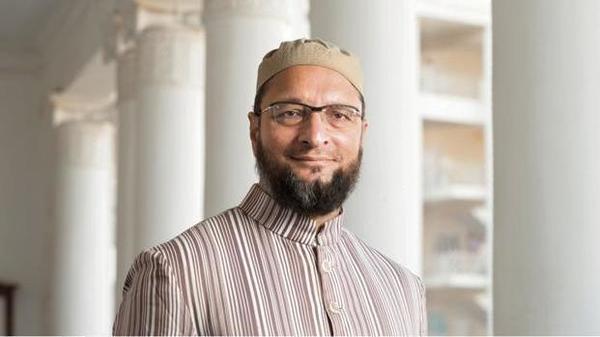
Addressing the public meeting in Hyderabad, he said:
“If Babri Masjid was legal then why was it (land) handed over to those who demolished it. If it was illegal then why the case is going on and withdraw the case against Advani. And if it is legal then give it to me."
He further said-
"It's a basic question... We are not satisfied with this judgement. Babri Masjid is my legal right. I am fighting for the Masjid and not the land.”
He added that Muslims should fight for Masjid. He tweeted that we are not beggars but respectable citizens of India.
We asked for justice, not charity.
— AIMIM (@aimim_national) November 9, 2019
If a frenzied mob demolishes your house tomorrow & the court decides to award the land your house was built on to the mob who razed down your house, how'd you feel? Would you accept a land somewhere else?
I ask, how is this fair? - @asadowaisi pic.twitter.com/uvQ19r6jPH
#AyodhyaVerdict | ‘Muslims don’t need land as donation’, @asadowaisi criticises SC order on #Ayodhyahttps://t.co/V99WHSPZfq#AyodhyaCase #AyodhyaJudgment pic.twitter.com/kpNB6pFba2
— Hindustan Times (@htTweets) November 9, 2019
The Sunni Central Waqf Board Chairman Zufar Farooqui, on 10 November 2019 said, the decision on whether they would accept a 5-acre land or not given by the government will be taken after the meeting would be held on 26 November.
Highlights of the Ayodhya Case
- Supreme Court has given 2.77 acres of land in Ayodhya to the deity of Lord Ram.
- It has directed the center and UP government to allot 5 acres land to Muslims to build a mosque.
- It has also asked the Center to grant some representation to Nirmohi Akhara in setting up a trust.
- The court dismissed the appeal of Nirmohi Akhara (a Hindu religious denomination) that claimed the control of the disputed land and said they are the custodian of the land.
- It has ordered the Union government to form a trust in 3 months for the Ram Mandir.
- The court said that the disputed site at Ayodhya was not an Islamic structure. Also, the ASI has not revealed whether a temple was demolished to build a mosque.
- It also said that the 1992 demolition of the 16th century Babri Masjid was the violation of the law.
Final Words
Ayodhya’s case of the Babri Masjid and Ram Janmbhoomi dispute has ended. The 2.77-acre land is divided into two parts: the outer courtyard where Sita Rasoi and Ram Chabutra existed and the inner courtyard where the masjid stood till 1992.
The Hindus have proved their right over the courtyard, but Muslims failed to prove their possession on the courtyard. It has been proven that the masjid was built on the orders of Emperor Babar, but not built on the vacant land.
What are your thoughts on this case? Is SC’s decision apt for both the communities? Share your views below.
Popular Posts
10 Worst Modern Arts Ever That Sold For Millions
Modern art is known for having many hidden masks inside it which is hard to reveal but has a great significant meaning to understand. These artifacts enhance the beauty of the place many folds.
Kimberly Campbell
10 Facts About Angry Indian Goddess Maa Kali
Kali death mother is known for her victory over darkness according to Hindu mythology. She is ferocious and most powerful deity known for her violence and aggression which she utilizes against evil forces to bring peace back to earth.
Ethan Stephans
7 Scientific Facts About Lord Shiva - The Destroyer Of The World
When it comes to religion and god, people often mistake the whole arrangement as some magical experience, but in reality symboli...
Aaditya M






